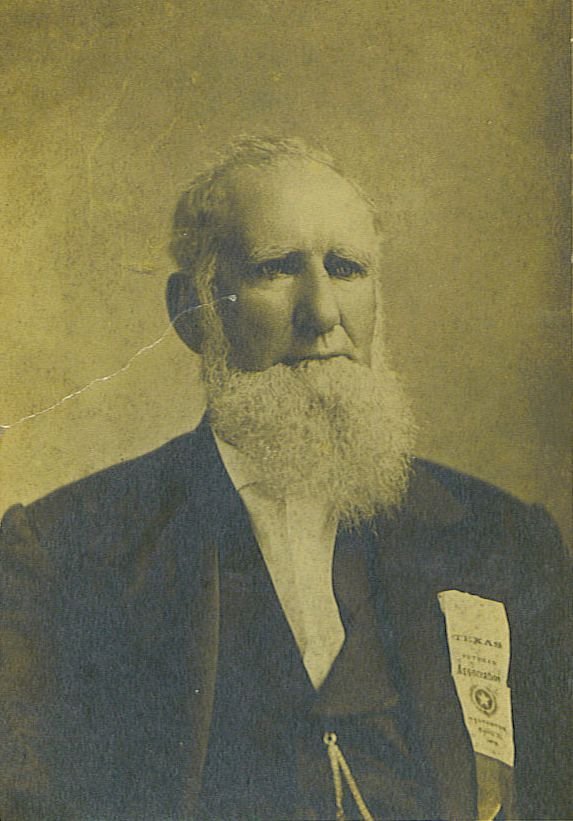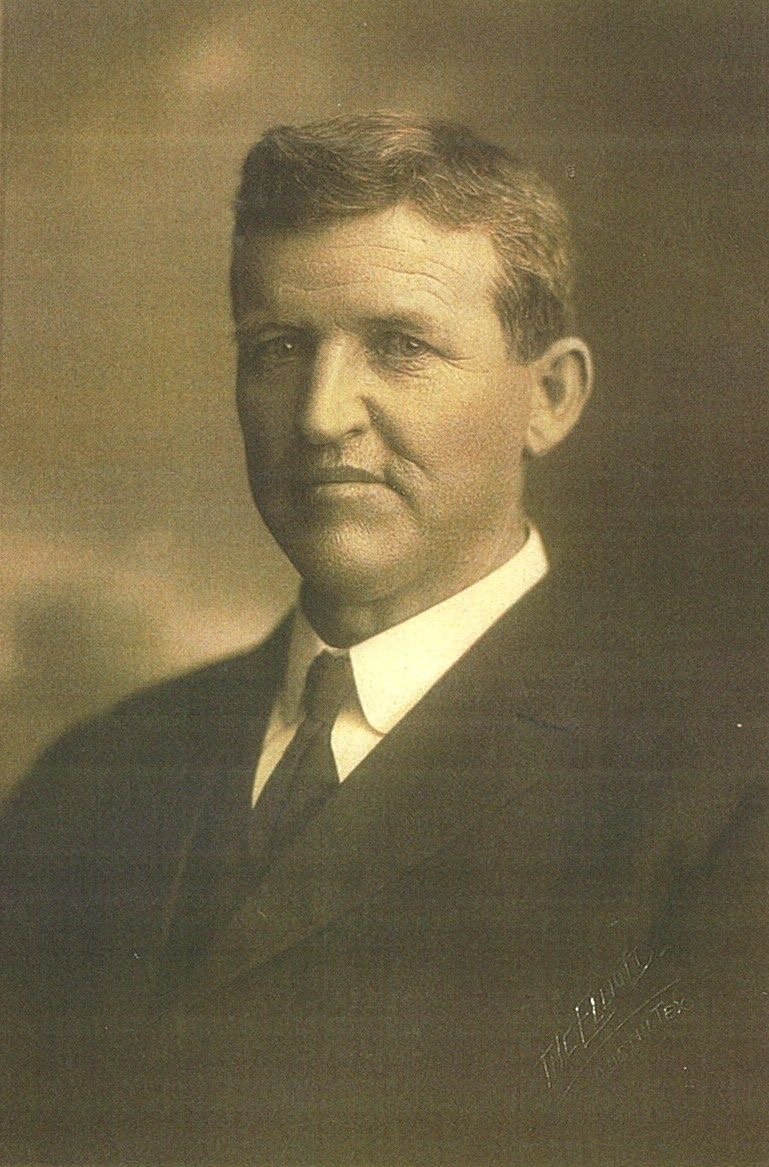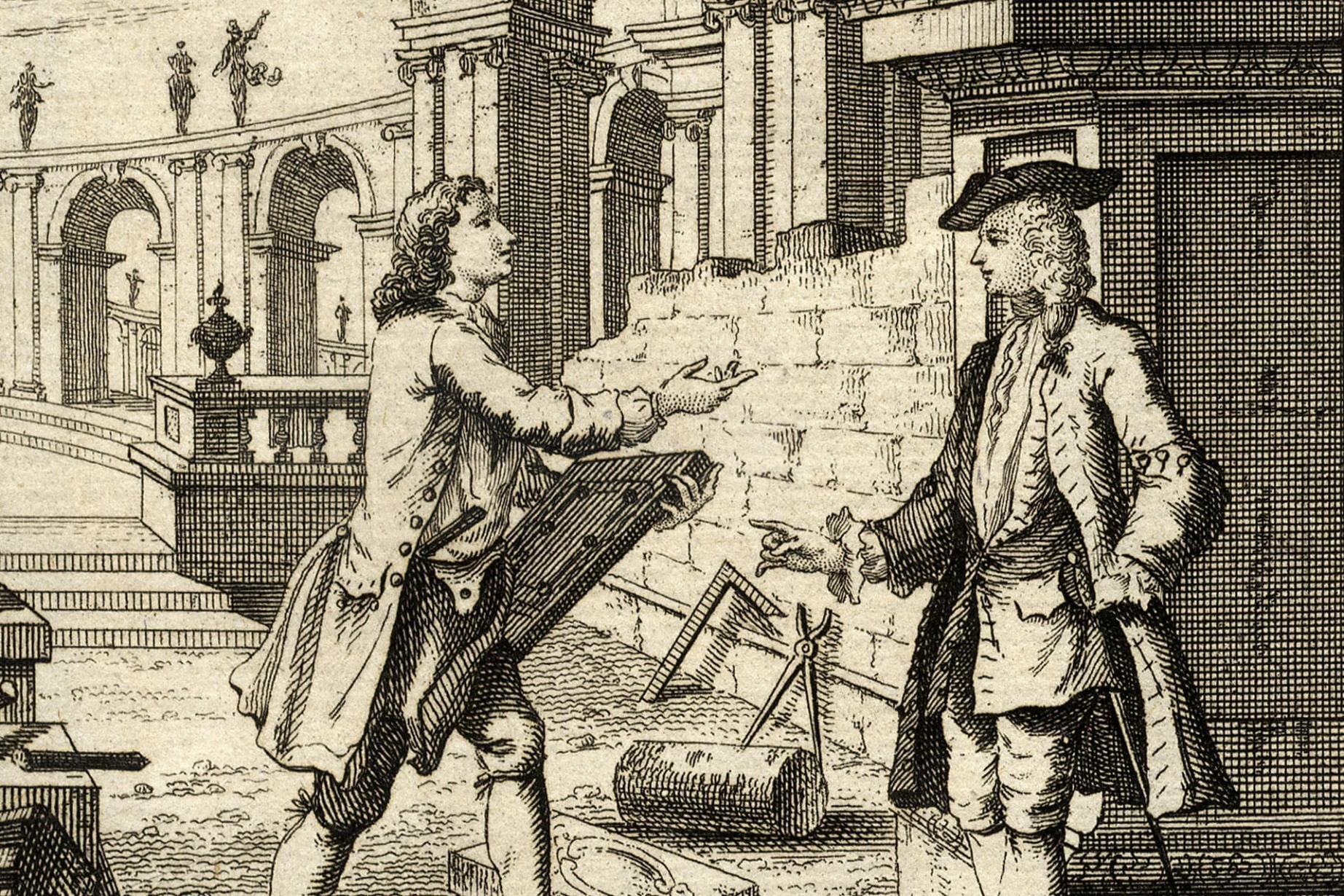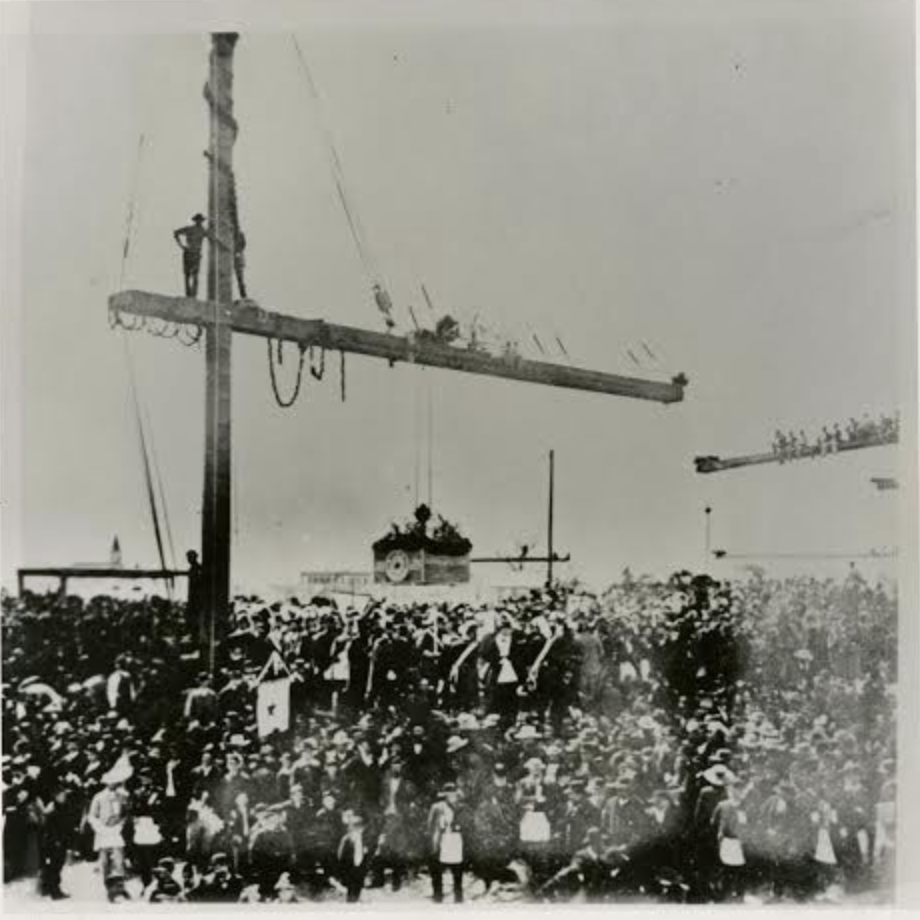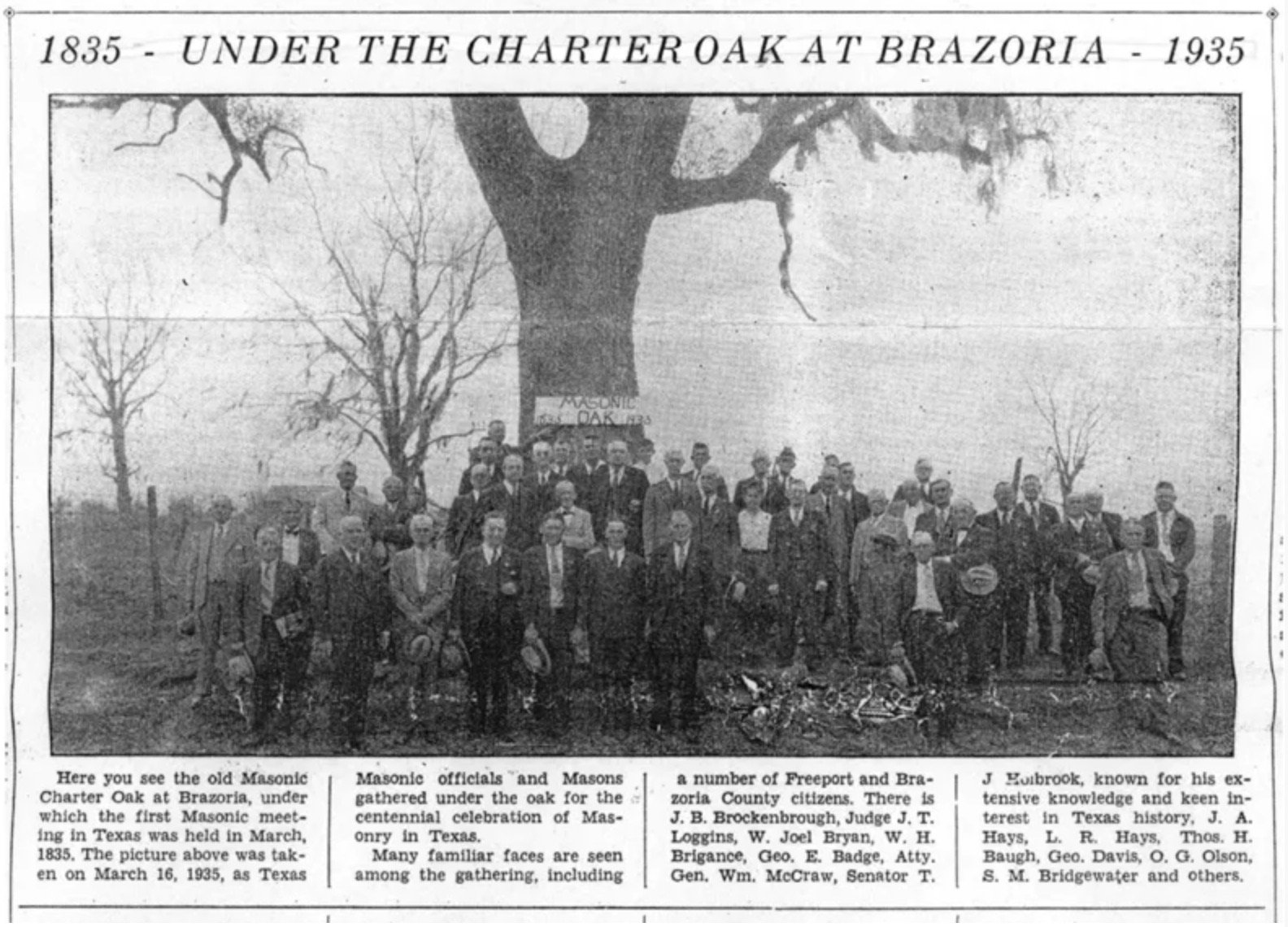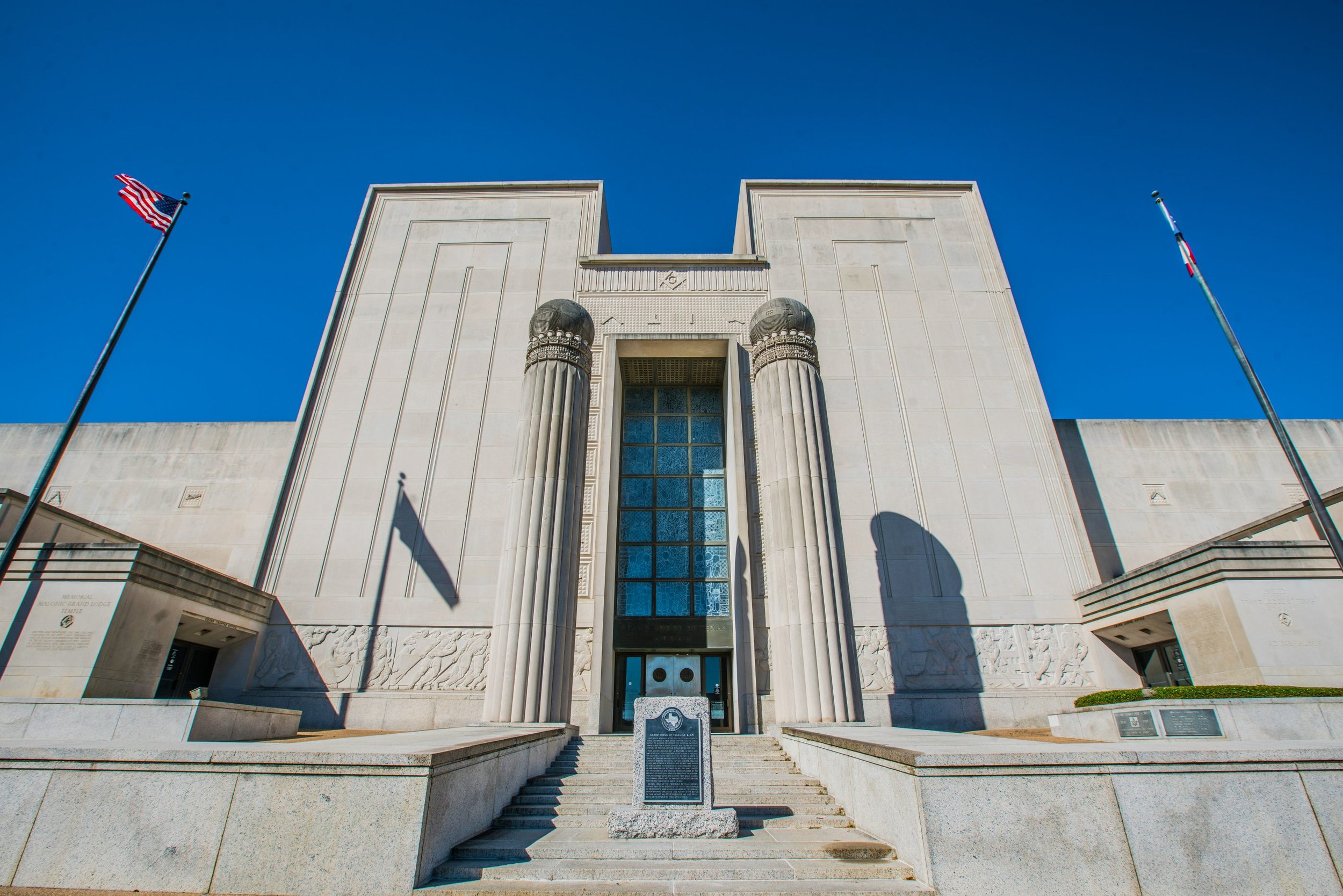Chest Lid with Masonic Painting, Paint on pine by Unidentified Artist, Probably New England, 1825–1845. Courtesy Collection American Folk Art Museum, New York, Gift of Kendra and Allan Daniel, 2015.1.28
Visit This Exhibit
June 2, 2022 (ongoing)
Open Wednesday – Sunday
11 AM – 4 PM CST
Accessibility
This exhibit is located on the second floor and is not wheelchair accessible. A tablet with images of the exhibit boards is available in the NCHM lobby.
Cornerstone: Freemasonry, Texas and the Neill-Cochran House Museum
On display Jun 2, 2022
There are many lens through which we can look at history and each lens adds context and complexity to our understanding of the past. Why does Freemasonry serve as one of those lens? In the United States, many of our foundational political systems connect directly to Freemasonry, thanks to the number of Founding Fathers who were members of the society. As the United States grew and spread, Freemasonry grew and spread with the country. Today, there are Masonic lodges in every one of the 50 states and Masons continue to play important roles in their communities.
The Neill-Cochran House Museum has additional reasons to consider the history of Freemasonry. Our two remaining buildings are products of masonry - constructed of limestone rubble and mortar. But we also are unique in having been the home of two different Grand Masters - Andrew Neill and Thomas Cochran. These two men never knew one another and their terms were 40 years apart - but their experiences within Freemasonry can help us to understand the fraternal society as well as the period of time in American history when they were active.
We invite you to dive in to learn more about the impact Freemasonry has had on our city, our state, and our nation from the 13 colonies, to the settlement of Texas in the 1820s and 1830s, to the Civil War, and even our relationship with Mexico at the end of the 19th century.
Research compiled by Maggie Huggins, University of Texas
